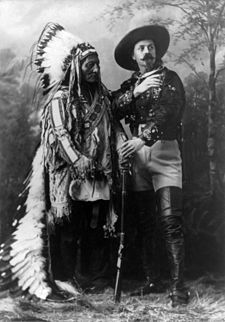
Whilst I live in the capital I work in Northampton and yesterday I had a meeting with some members of local history and community group who wanted to discuss the preservation and dissemination of the history of the Delapré Abbey estate, which sits next to our university campus.
Delapré Abbey (pictured above) has its roots in the medieval period but today there stands a beautifully restored English country house in acres of grounds, all open at times to the public. In the late 1800s it was the seat of the Bouveries, a prominent Northamptonshire family who acquired it in 1756. It stayed in the family until just after the Second World War when Northamptonshire Corporation bought it.
We had an interesting chat about the estate and its history and the problems of capturing and conserving information about the past before in disappears under the diggers and concrete mixers of modern day developers. Hopefully we’ll find ways for local historians and staff and students at my university to work together on this in the near future.
Given that I knew almost nothing about the Bouveries of Delapré it was something of a surprise to randomly alight on a court report from Bow Street in late April 1888 where a junior member of the family was mentioned. Mrs Blanche Minnie Bouverie appeared with her solicitor, a Mr Churchley, at Bow Street Police court to request a summons against her husband for desertion.
Blanche was the third wife of Francis Kenelm Bouverie, who had recently been the subject of a fraud case heard at the Old Bailey. The young Bouverie had already been married three times despite only being 26 years of age and was considered something of a rogue.
He’d been divorced twice for adultery Mr Churchley told the magistrate (Mr Bridge) and Blanche had tried to divorce him herself, again for adultery but had not yet succeeded. In the 1800s the laws on divorce were weighted in favour of the man: a wife had to prove two things against her partner, while he had only to prove one. Mrs Bouverie had alleged adultery and cruelty but had not proved the latter charge.
She was only 20 years old and they had been married for just a year when Francis left her. She said he started beating her after just a week. Bouverie had apparently told her that it would be better if she left him then and returned to her mother as ‘he always tired of a woman in a week’.
Mr Bridge granted the summons against Francis but queried why, given his reputation, Blanche had entertained the idea of marrying him in the first place. No answer was forthcoming but sadly we often believe that we can change those we fall in love with or believe it won’t happen to us. The young self-styled heir to the Delapré estates was ‘living in great style’ in London the court was told, and one imagines that he played the eligible bachelor card to the full. Hopefully this exposure of his character in the press served to warn other women against falling for his ‘charms’.
[from The Standard, Monday, April 30, 1888]
If you enjoy this blog series you might be interested in Drew’s jointly authored study of the Whitechapel (or ‘Jack the Ripper’) murders which is published by Amberley Books on 15 June this year. You can find details here




 (right) and thumped the constable over the head with it. As the officer shouted ‘stop thief!’ and tried to call for help the man cried:
(right) and thumped the constable over the head with it. As the officer shouted ‘stop thief!’ and tried to call for help the man cried:





